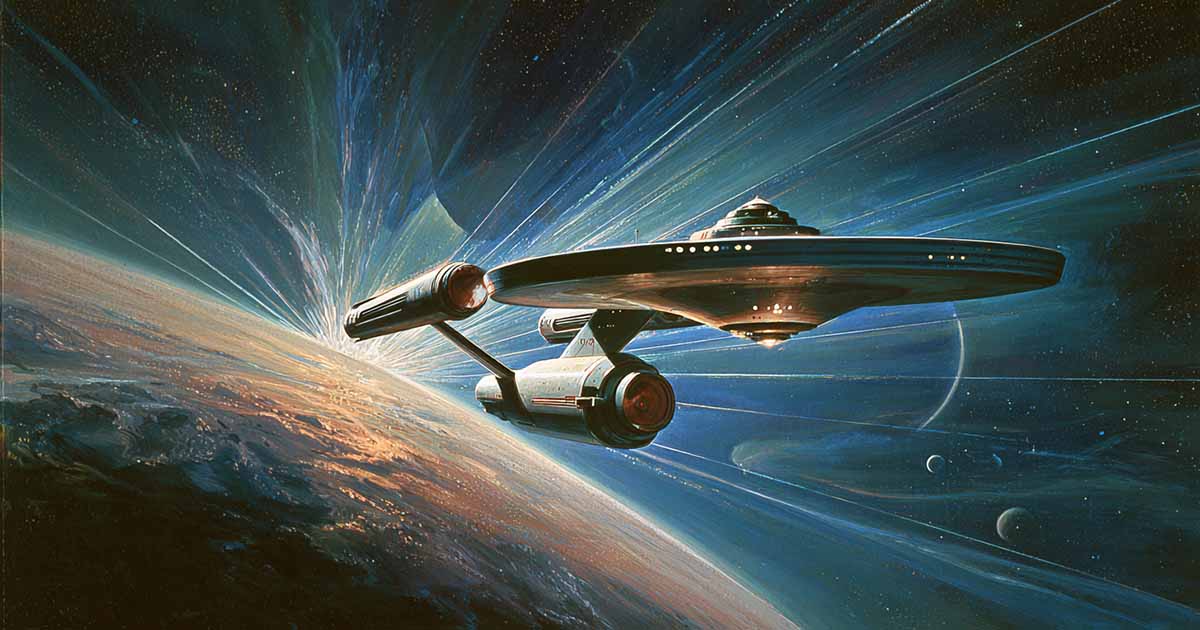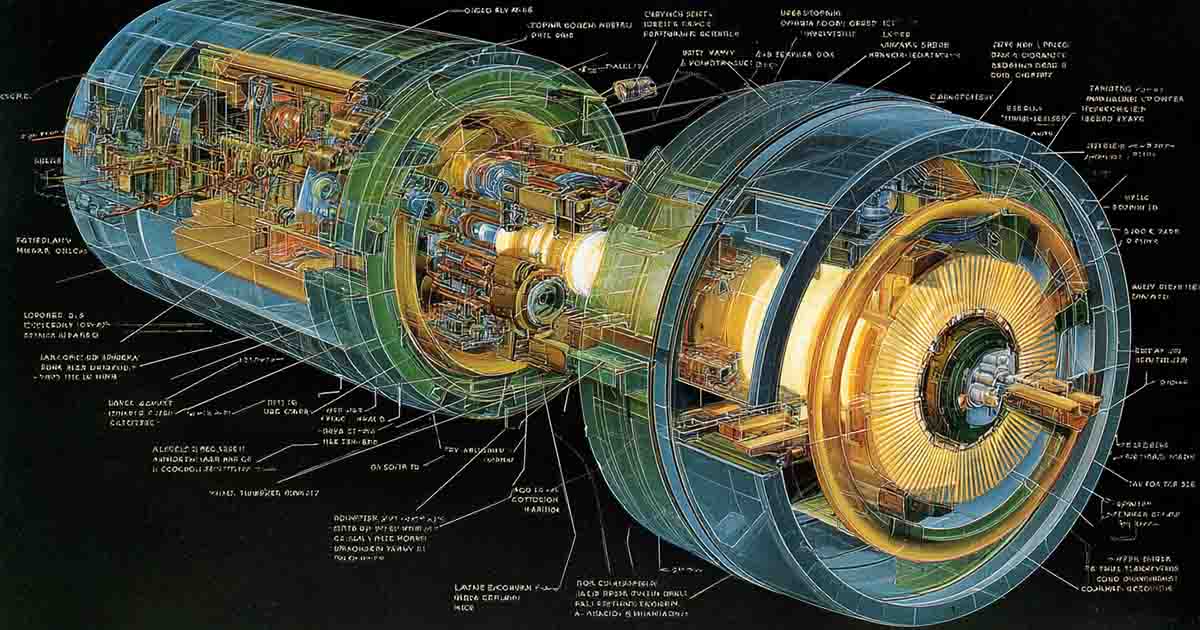What are Hyperdrives in Science Fiction?
Hyperdrives in science fiction allow faster-than-light travel by entering hyperspace, enabling galactic exploration while symbolizing humanity’s pursuit of freedom, ingenuity, and discovery.

The hyperdrive is a fictional propulsion system that enables a spaceship to travel faster than the speed of light by entering a separate realm of space, often referred to as hyperspace.
It is a common feature in science fiction, especially in space operas like "Star Wars" and "Battlestar Galactica," where vast interstellar distances must be crossed in minutes rather than millennia.
Faster Than Light, But Plausible
In real-world physics, faster-than-light travel violates Einstein's theory of relativity. But science fiction found a loophole —hyperspace. Rather than brute-force speed, hyperdrives work by shifting a ship into another dimension where normal laws don't apply.
Writers use this idea to preserve the drama and exploration of space without bogging stories down with decades-long voyages. In that way, hyperdrives serve the same narrative purpose as a sailing ship in an old sea story. They move the characters from place to place quickly, but not instantly. Danger still lurks in the unknown.
Variations Across Universes
The exact mechanics of a hyperdrive vary from one fictional universe to another.
In "Star Wars," hyperdrives are mounted on nearly every starship. Pilots chart a course through hyperspace using navicomputers to avoid colliding with stars or gravity wells. The jump itself is instant, but it still takes time to cross a galaxy.
In "Dune," space travel depends on the Spacing Guild and their navigators, who fold space itself using a drug called melange. It's not called a hyperdrive, but the concept is similar — long distances are crossed through the manipulation of space rather than speed.
Other series — like "Star Trek," which uses warp drives instead — sidestep hyperspace entirely but still chase the same goal: believable faster-than-light travel.

A Tool for Storytelling
Hyperdrives aren't usually explained in detail. That's part of their strength. They're a flexible tool that gives writers freedom to build galactic civilizations, interstellar wars, and spacefaring cultures without bogging the reader down in equations.
At the same time, they often imply a level of maturity. A society with hyperdrive likely has advanced engineering, complex navigation, and a sense of exploration. In many stories, the development of a hyperdrive is the turning point that allows mankind to leave his home system and join a larger community among the stars.
Cold Metal and Big Ideas
What makes hyperdrives work as a concept is that they feel just real enough. They are surrounded by gauges, glowing engines, and countdowns. But beneath all the blinking lights is a big idea: that man is not limited by his place in the universe. That with enough effort and ingenuity, he can go anywhere.
That's why hyperdrives matter. Not because of how they work, but because of what they represent —a frontier that is always just one jump away.

